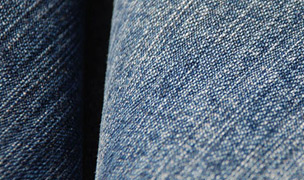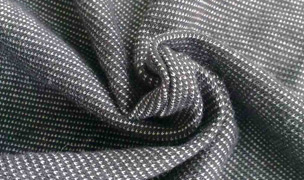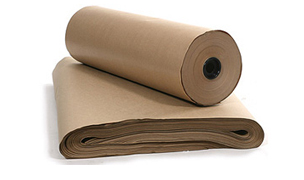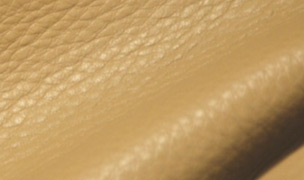Applications
Sulfur dyes finds it's mainstream application in dyeing cellulose – Cotton, Viscose, Rayon, and Pulp & Paper. It is also used extensively to dye leather due to it's ability to provide deep penetration. Bhanu's Sulfur dyes are available in partial and fully reduced liquids, grains, and solubilized form.
Textile

Denim
A variation of the pad sky system is used for dyeing warp yarn for denim on continuous system using an Indigo dyeing range. Authentic denim fabric is a cotton twill with a dyed warp and an undyed weft. The warp is continuously dyed with main fashion color being Indigo but also with Sulfur dyes (mainly blacks) are used. There are two basic types of continuous denim dyeing ranges.
- Rope Dyeing
- Slasher Dyeing
Sulfur blacks (mainly black) are used on denim in a variety of methods. It is applied as a full shade, as Sulfur bottom Indigo top (SBIT), or as Indigo bottom Sulfur top (IBST).

Cotton and polyester/synthetic fiber blends
Knitted fabric of 100% cellulosic fiber or blends with polyester and synthetic fiber blends can be conveniently dyed in a variety of continuous and batchwise methods.
|
|
Pulp & Paper

Pulp and paper have a cellulose substrate. Environment friendly Sulfur dyes which contain negligible free sulfides are used successfully to dye pulp and paper. The application involves the addition of Sulfur dye to the paper pulp in the pulper during stock preparation. The addition of dye increases the pH of the pulp stock to alkaline level. Addition of chemicals such as alums under low pH conditions or acidification using mineral acids will help fix the dye. Liberation of Hydrogen Sulfide gas is prevented due to the use of environmental friendly sulfur dyes. There is complete fixation of dye keeping the wash waters clean . The dyed pulp is stored to make paper.
Leather

Dyeing of leather with Solubilized Sulfur dyes provide the advantage of deep penetration, high wash and light fastness. It is used in shoes and automotive leathers. Leather is mostly dyed using drum dyeing process where the leather and necessary chemicals are added in a drum and constantly tumbled during each step of the dyeing process. The initial step involves tanning the leather in cold water, followed by retanning. Afterwards, Solubilized Sulfur dye is added to the drum in a hot aqueous medium and leather is immersed in it. The subsequent tumbling action allows the leather to be fully penetrated by the dyes. Addition of controlled quantities of mineral acid will help fix the dye. The goal of drum dyeing is to get the desired colour, which appears level and uniform throughout the skins.

